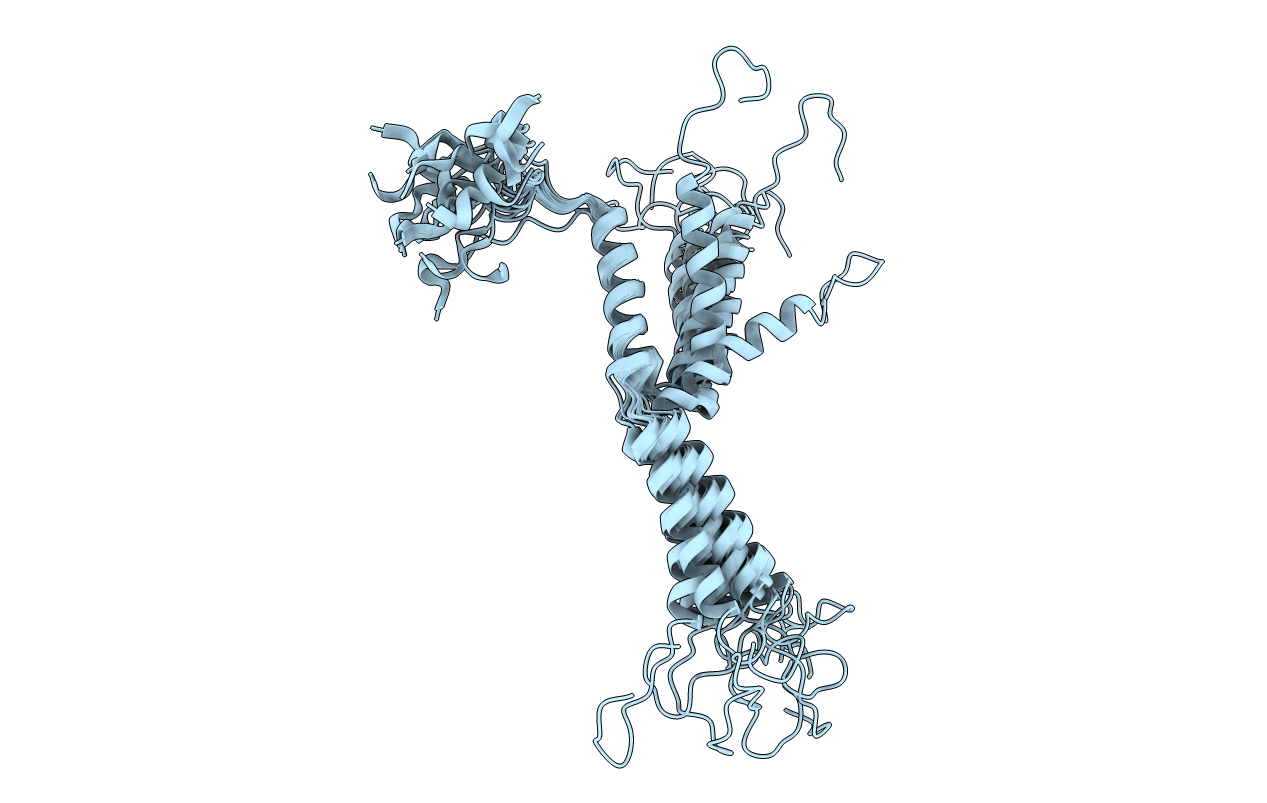
Deposition Date
2014-02-06
Release Date
2014-03-19
Last Version Date
2024-05-15
Method Details:
Experimental Method:
Conformers Calculated:
20
Conformers Submitted:
20
Selection Criteria:
all calculated structures submitted


